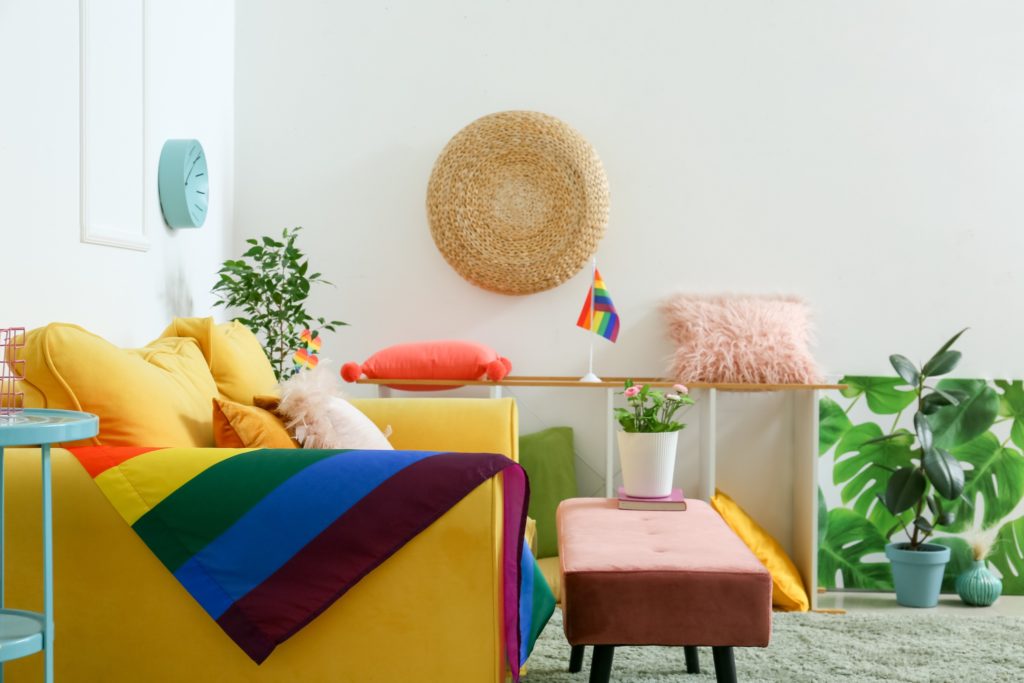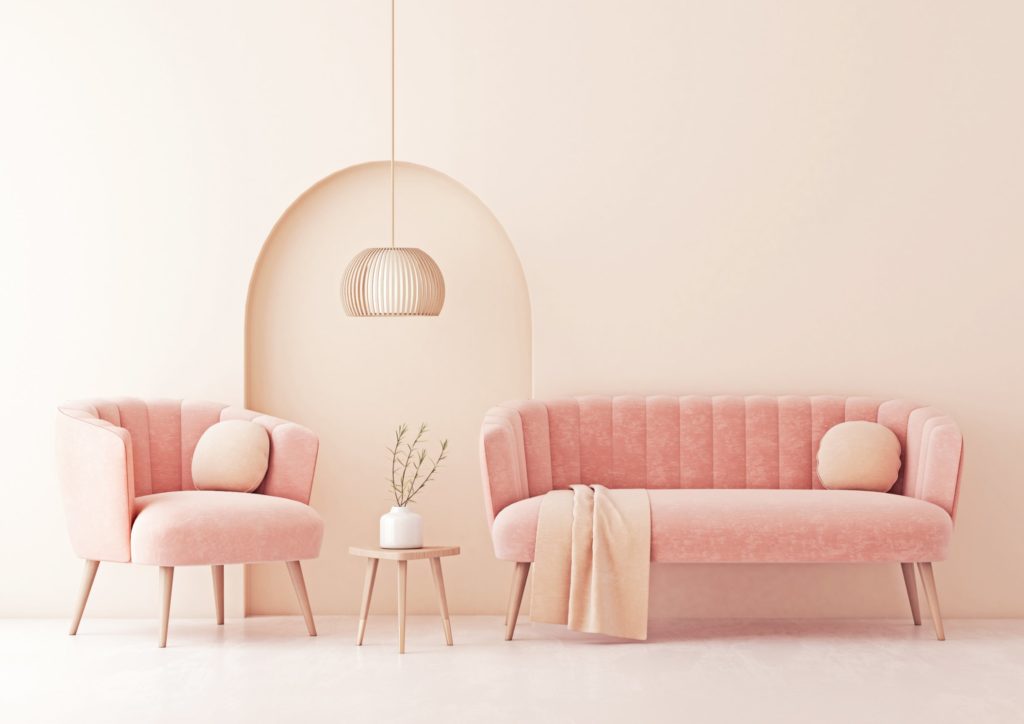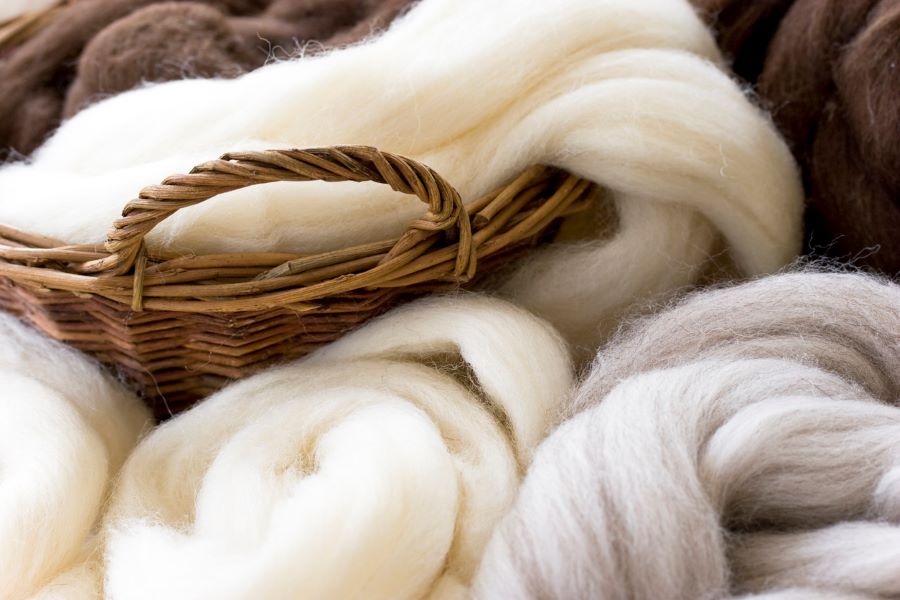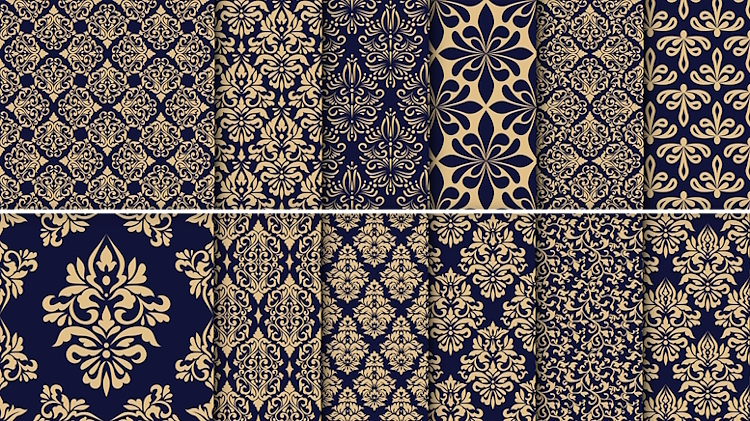Fabrics are vital for interior design and decoration projects because they set the tone for functionality, flexibility, and pleasant aesthetics. Interior spaces can never be complete without textiles because they are the fundamental elements that form the basis of residential and commercial interior styling, transforming them from bland to beautiful.
From velvet and fine cotton to brocade, wool, leather, and damask, understanding the part that each material plays in the aesthetics of a room is related to appreciating the characteristics of each one and its relationship to other textiles in the room while considering factors like colour, pattern, and texture, and determining the best ways to use and apply each choice.
For instance, using sheer fabrics to make window curtains is usual and acceptable, but using them to upholster a sofa or dining chairs will be disastrous. Also, a heavy tapestry material cannot work as an area rug or table linen. That is not to say that some fabrics can work for the same interior finishing – velvet works for heavy drapery and soft furnishings, and damask for wallpaper and accent chairs.

Top Luxury Fabrics Used for Interior Design Projects
Cotton
Cotton in its pure form is celebrated for its breathability and versatility. The fabric is used for everything from tablecloths to window blinds. It is durable, long-lasting, and can be used for most interior décor items. It resists pilling and has an abrasion-resistant quality – a desirable characteristic for soft furnishings and upholstered furniture.
Types of cotton fabrics used for interior design projects vary from the soft sheer types to the sturdier weighted cotton cloth.
Terry cloth is one of the softest cotton textiles and can be used for rugs, cushions, and chair covers.
Linen, derived from the flax plant, is one of the sturdiest and most durable natural fibres available. It can be used as sheer or heavier fabrics to suit any décor and price point.
Voile fabric made of pure cotton is soft, sheer, and lightweight. It is mainly used for soft furnishings and window treatments. Voile is also used for light furniture and table linen.
Chintz is a medium-weight cotton fabric with large-size flora prints and a glazed or unglazed finish. This bright, attention-grabbing fabric is back in vogue and used for drapery, upholstery, wall coverings, and furniture accessories like lampshades and throw pillow covers. Chintz can be used practically anywhere in a home.
Velvet
Luxury velvet fabrics are made entirely from silk. It is rare and usually very expensive. Less expensive velvet is made from a blend of cotton, mohair, or wool, but it comes without the typical lustre of silk velvet. Characteristically rich and luxurious, velvet can be used for most fabric-based furnishings, including upholstery, drapery, pillow covers, and accent chairs.
Silk velvet is the most expensive type of velvet fabric. But because it is high-priced and not readily available, much of the fabric sold today, which many erroneously refer to as ‘silk velvet’, is a blend of rayon and silk. It is a popular choice of interior designers and is suitable for upholstery, luxury drapes, sumptuous bedcovers, and cushion covers.
Cotton velvet is ideal for both apparel and upholstery. Its durability makes it an excellent choice for most textile-based home furnishings. Sumptuous bed coverings, wall coverings, upholstery, draperies, and cushions can also be made from cotton velvet.
Cut velvet is also excellent for most home décor items that require the use of fabric. Cut velvet has floral designs and geometric shapes woven into the fabric and trimmed down from uncut loops of the pile.
Crushed velvet fabric is made through a process where the fibres are twisted while wet to give that characteristic crinkled look. Crushed velvet has a unique shimmer with a soft and silky texture and is great for drapes and all forms of furniture upholstery.

Wool
Wool materials are sturdy, resilient, and durable and are one of the best choices for interior furnishings. Although wool blends are more popular because of their anti-pilling and anti-wrinkling properties, wool, whether pure or blended with synthetic fibres, is popularly applied to interior design works. The fabric can be used for area rugs, carpets, drapes and curtains, upholstery, and loose cushions. Pure wool is beautiful, luxurious and quite pricey.
Cashmere wool is a luxury fabric choice for designers and decorators. From bed and sofa throws to luxurious blankets, drapery tassels, and modern and mid-century upholstered pieces, cashmere will always remain an aesthetically pleasing material incorporated into interior spaces.
Lightweight wool is loosely but firmly woven and hangs very beautifully as drapes. Examples include Batiste and crepe, a lightweight worsted wool. It is the best type of wool to use for window treatments.
Alpaca wool, derived from Alpaca sheep (a member of the camel family), is soft, luxurious, textured, and hypoallergenic. They are used for pillow covers, throw rugs, and chair throws.

Damask
Traditionally, damask is a monochromatic fabric produced from pure silk, but today, it includes up to two or more colours. Pure and un-blended damask fabric has different kinds of weaves – twill, satin, and sateen with varying textures and grades of sheen. Its design is unique in the way light plays off its vertical warp and horizontal weft fibres.
Damask fabrics can be used for most household furniture and furnishings that require textiles.
Double damask is a fabric loved by interior designers. It is a high-quality reversible fabric (its design and pattern show on both faces). Although all damask fabrics appear reversible, the single-face type is less lustrous on its reverse side. The textile material is used for drapery, table linen, and as furnishings fabric.
